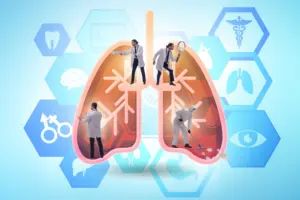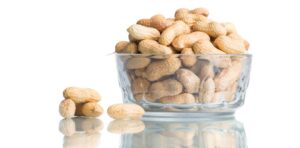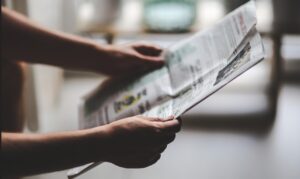
What began as a personal quest for a 3D-printed hand has blossomed into a remarkable educational endeavor for 13-year-old Lois Agnello and her classmates at The Nature School in Port Macquarie, New South Wales. Born with only part of her left hand, Lois approached her science and technology teacher with a bold idea: to create a prosthetic hand using the school’s 3D printer.
“Being born without a hand doesn’t really stop me,” Lois expressed. “I wanted to create my own hand with my friends so I could show them what it’s like.” Her initiative quickly captured the imagination of her peers, leading to a collaborative project that has not only educated but also inspired the entire school community.
Turning an Idea into Reality
Lois had been using a prosthetic hand since she was eight, but the idea of crafting a personalized one intrigued her. Her teacher, Lloyd Godson, was instrumental in guiding the students through this innovative journey. “It really struck a chord with a bunch of her peers,” Godson noted, reflecting on the students’ enthusiasm when Lois shared a video about her hand.
The students accessed an open-source design from the Australian charity Free 3D Hands, which specializes in creating affordable prosthetics. Over three months, they dedicated their lunchtimes to experimenting with different materials and learning the intricacies of 3D printing.
“It was a big learning curve — most of them had never used a 3D printer before,” Mr. Godson explained.
The initial prototype, though basic, was a triumph. Triggered by upper-arm activity through a plastic wrist, the hand could pick up objects and move. Lois was thrilled with the outcome, exclaiming, “I was like, ‘Oh my god this is crazy. Like, I didn’t even know if it would work.'”
Advancing the Design
The students’ journey did not stop with the first prototype. They continued to refine their design, producing three more versions, each more advanced than the last. Their focus shifted towards enhancing comfort and functionality, with ongoing support from Free 3D Hands founder Mat Bowtell and his engineering team.
“They were very enthusiastic in being a part of the brainstorming process in regard to what we might be able to improve in the next design,” Bowtell commented.
Students like Wren McDowell found the design process rewarding. “It makes me feel pretty good, because we are designing loads of different styles,” she said. Joel Banwell, another student, enjoyed the challenge of improving the hand’s functionality, stating, “I felt fairly good that Lois was able to get a hand that worked and it made me want to make one that was even better.”
Global Recognition
The project has garnered international attention, earning a spot at the Be the Change Summit in Japan. This global initiative brings together young leaders to share innovative solutions to pressing global challenges, including climate change, mental health, and inequality.
Lois will have the opportunity to present her story to thousands of young innovators in Tokyo. Mr. Godson expressed his excitement, saying, “To see her in Tokyo talking about her limb difference and how Mr. Bowtell’s work had helped her and others would be incredible.”
Lois hopes her story will inspire other attendees to explore 3D-printed prosthetics in their own countries. “Other kids will be like, ‘Woah, that’s cool — like, can I try that?'” she said, envisioning a ripple effect of innovation and empowerment.
The Broader Impact
This project underscores the transformative power of technology and education. By engaging in hands-on learning, students have not only acquired technical skills but also developed a deeper understanding of empathy and collaboration. The initiative reflects a growing trend in education where students are encouraged to tackle real-world problems through creativity and innovation.
As the students continue to refine their designs, their work serves as a testament to the potential of young minds to drive change. The Nature School’s project is a shining example of how a simple idea can evolve into a significant contribution to both local and global communities.
Looking ahead, the students and their mentors are eager to see how their efforts might inspire further advancements in prosthetic technology, potentially changing lives around the world, one hand at a time.






